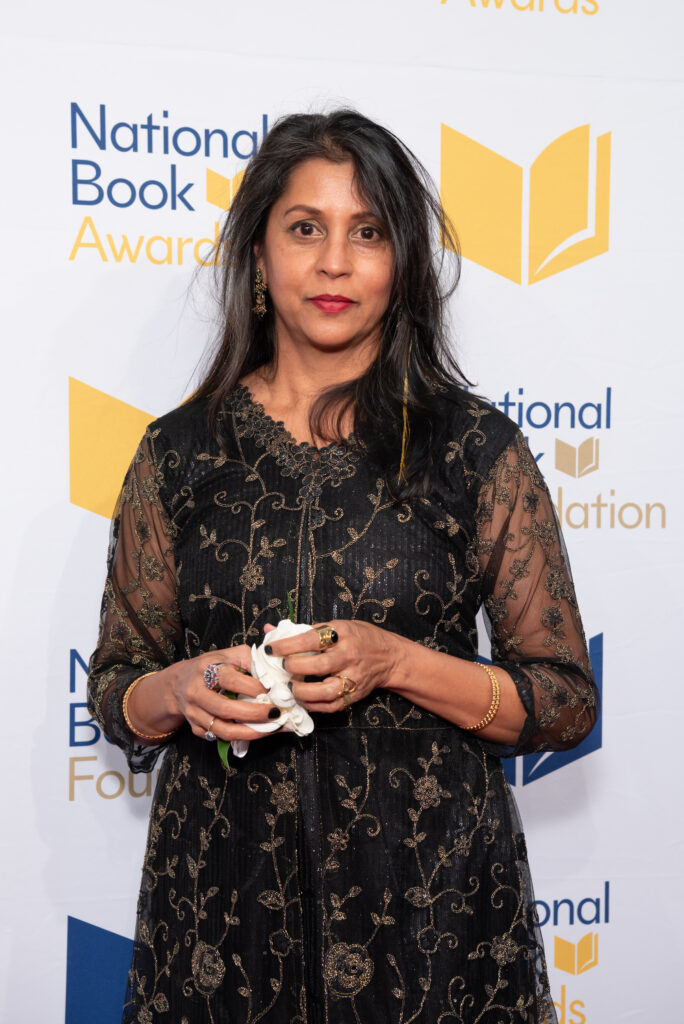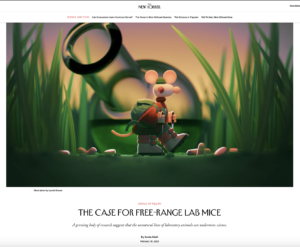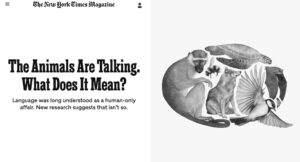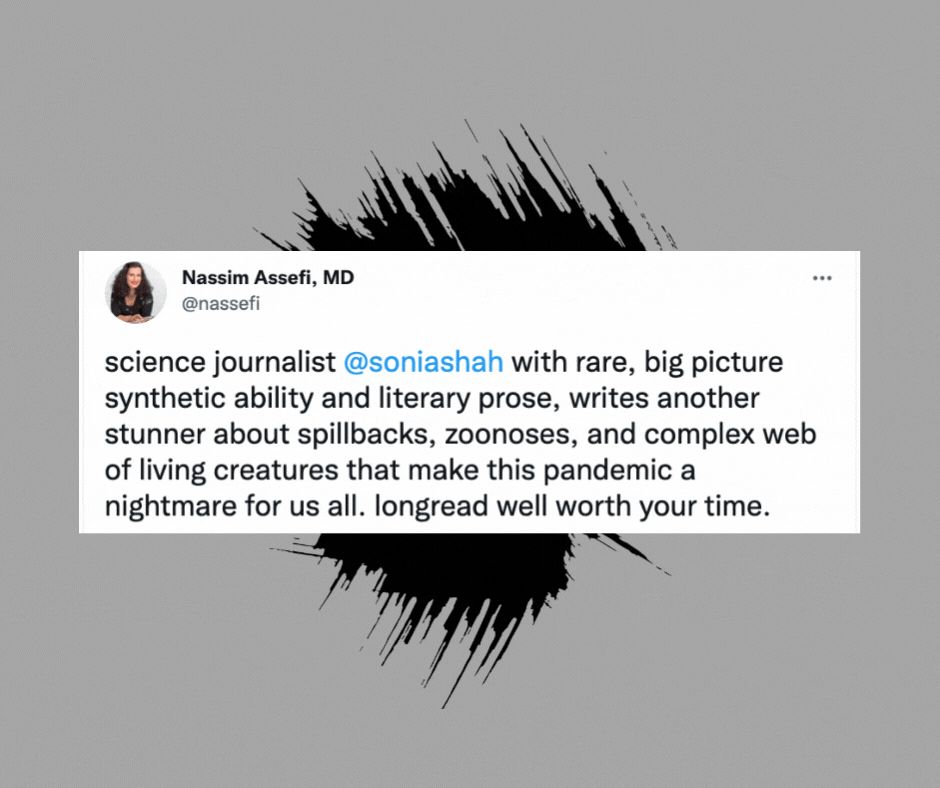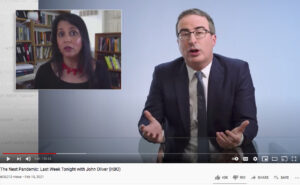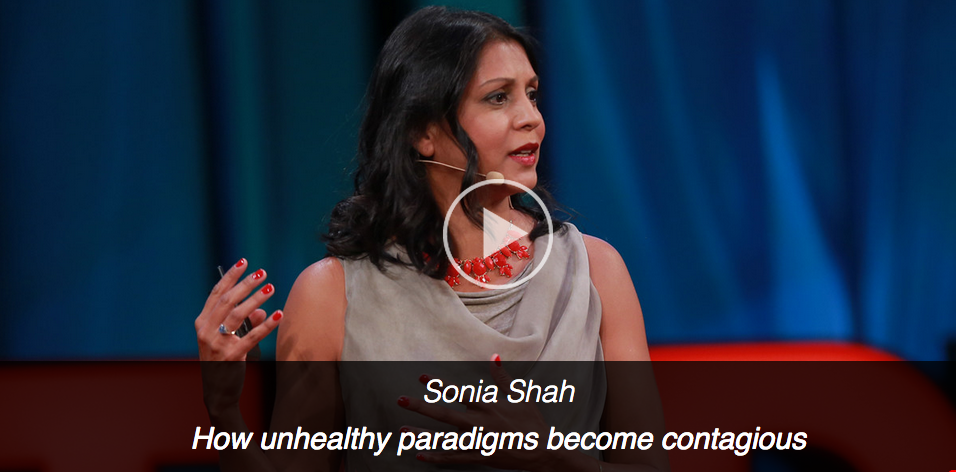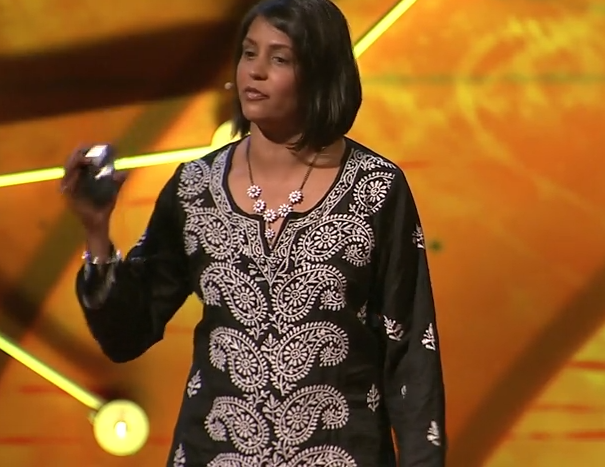The news media is in a big kerfuffle over reports of a new geneticallymodified mosquito that is resistant to malaria, and all the strongerthan wild mosquitoes for it. Sounds perfect, right? Stronger bugs thatfight off the parasite would easily eclipse the local weaklings thatfall prey, and soon enough, there’d be no more malaria.
And yet…each malarial locale is as unique as a snowflake, withparasites specifically adapted to local mosquitoes, which are of acertain breed, a just-so strain, with their own uniquely finickyhabits. There are over a dozen different species of Anophelesmosquitoes that effectively transmit human malaria. Some thrive inshady running water, some in still sunny puddles, others in saltymarshes, some in forests, others in deserts. Some bite at night, othersat dusk, some feed on cows and horses, others solely on humans. We knowprecious little about this great diversity of anopheline habits, andcan barely tell the critters apart, but genetic studies tell us thatthey’re continuing to break into ever more species. Even as I write,wild malarial mosquitoes are transforming themselves to more fullyexploit their local environs, like water to a cup, in ways we can onlydimly grasp.
To think, then, that we could develop our own mosquito, one thatwould be stronger and more adept in all of these specific localhabitats–our own super-mozzie–greatly underestimates the resilienceof these dapple-winged flies. The GM mosquitoes currently developed arejust a proof-of-concept, and they’ve been tested only against mousemalaria, but even if their development progressed, they could onlyconceivably work in some places, at some times. They couldn’t workeverywhere. Just as with DDT, there’s no one-size-fits-all, try as wemight to find one.


